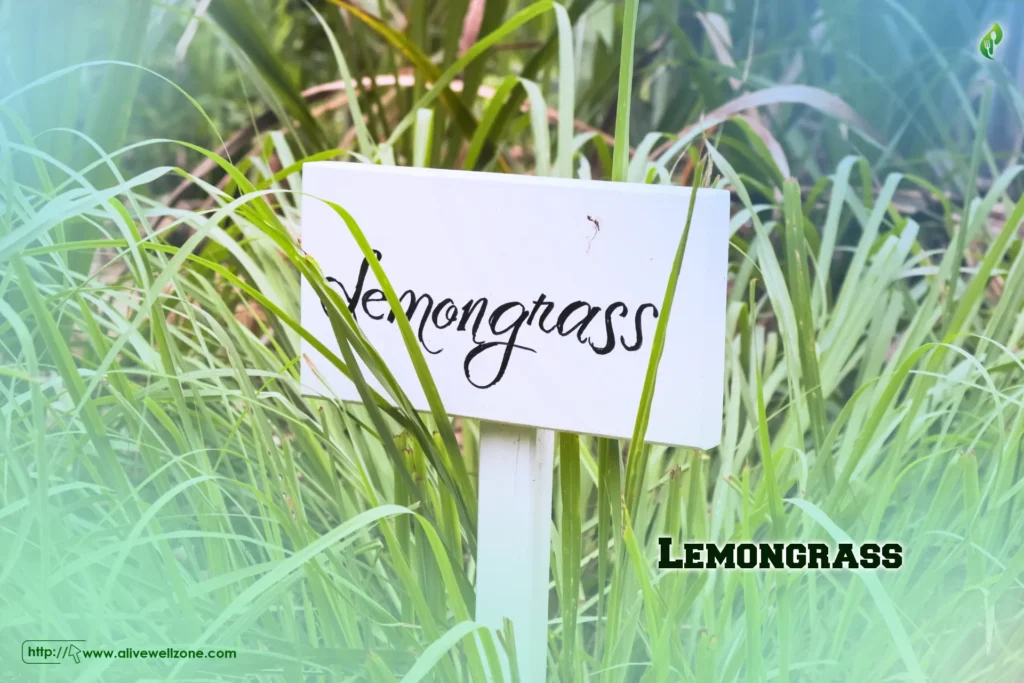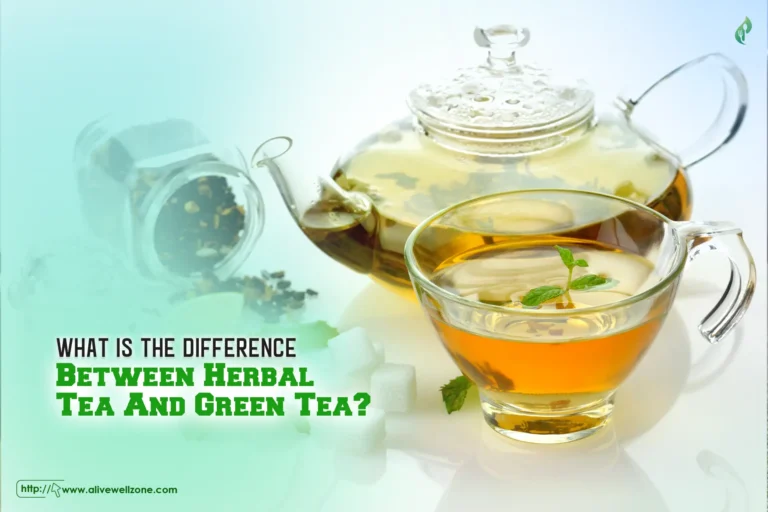
Last Updated on June 2, 2025 by Helena Akter
Knowing how to make herbal tea from fresh herbs isn’t just about better taste. It’s a way to enjoy a natural drink that you can customize. Plus, fresh herbs offer flavors and benefits that you won’t often find in dried or store-bought teas.
Now, to make herbal tea from fresh herbs, pick and wash herbs like lemon balm or peppermint. Then, add 2 to 3 tablespoons of herbs per cup of hot water, and steep for 10 to 15 minutes. Plus, store tea in an airtight container to preserve flavor.
You’ll also get a few ideas for herb blends, ways to improve flavor, and tips for storing your tea to keep it fresh. So, keep reading!
Key Takeaways
- Flavor Intensity: Fresh herbs offer a milder, more delicate flavor, while dried herbs have stronger flavors than fresh ones, making them ideal for a bolder taste.
- Tea Preparation: Making herbal tea from fresh herbs involves harvesting, cleaning, and steeping the herbs in hot water for 10 to 15 minutes. Common combinations include lemon balm with peppermint or lavender with chamomile.
- Herb Storage: To keep tea fresh longer, store it in airtight containers, away from light, heat, and moisture to preserve its flavor and aroma.
- Herbs for Tea: Popular tea herbs include mint, chamomile, lemon balm, and lavender. Each brings unique benefits, such as stress relief from lemon balm or relaxation from chamomile.
Are Fresh Herbs Better Than Dried?
Fresh herbs tend to have a milder flavor, so you may need to use more to reach the same intensity. Dried herbs, in contrast, are better if you crave for stronger flavor. They absorb more flavor into hot water like a dry sponge absorbs more water than a wet one.
Some people like the strong, full flavor of dried herbs, while others prefer the light, fresh taste of herbs picked right from the garden.
If you’re growing mint, lemon balm, or other herbs, you can try using them both dried and fresh to see which flavor you like better. Both fresh and dried herbs can add a different flavor to your tea.
How to Make Herbal Tea With Fresh Herbs
It’s simple to make herbal tea from fresh herbs you grow. Whether you want a relaxing drink or a refreshing one, making your own blend guarantees no artificial ingredients.
Here’s a simple guide to making herbal tea from fresh herbs.

Pick Your Herbs
Choose the herbs you like best. Popular ones are lemon balm, peppermint, chamomile, lavender, and ginger. If you grow them, pick the leaves and flowers from healthy plants without spraying them.
Plus, pick leaves that are not too small or too big, and gather the herbs in the morning when they smell the best.
Clean the Herbs
Wash your herbs in clean water to get rid of dirt and bugs. Then, shake off the water and let them dry in the air or gently wipe them with a cloth.
Measure
For each cup of tea, add 2 to 3 tablespoons of fresh herbs. And if you’re making an iced herbal tea, double the amount to 4 to 8 tablespoons of fresh herbs as the ice will dilute the taste.
Mix Your Tea Blends
Try using just one herb or mix a few together for a stronger flavor. Some popular combinations include lemon balm and lemon verbena, pineapple sage and strawberry-scented geranium, or lavender and lemon balm. See what you like best!
Brewing Your Tea
Boil water and pour it over the herbs. Let them steep for 10 to 15 minutes until the water turns dark and tastes like the herbs. Then, take out the herbs. You can add honey if you like it sweet.
If you are using fresh mint, you can just put the leaves in your cup and pour hot water over them.
Enjoy Your Homemade Tea
After steeping, your tea is ready to drink. Serve it hot or cold for a refreshing iced tea. Enjoy the special taste of your homemade herbal tea blend while feeling calm or energized by the herbs.
How to Store Herbal Tea to Increase Shelf Life
Now that you know how to make herbal tea from fresh herbs, you must keep it fresh and tasty for longer. So, storing it properly is important.
Follow these easy steps to protect its flavor —
- Store your tea in an airtight container. It keeps out moisture and air, helping the tea hold onto its taste and scent.
- Keep tea away from light and heat, which can quickly weaken its flavor.
- Find a cool, dry spot for your tea, as humidity can make it lose flavor faster.
- Store tea away from foods or spices with strong odors, as it easily absorbs other scents, which can change its taste.
Interesting Herbal Tea Combinations
Finding new herbal tea mixes can be fun. Here are a few intriguing pairings to try —
- Rosemary, Mint, and Basil: Mediterranean herbs come together here, creating a balanced and aromatic tea. You can add ginger or a splash of lemon juice to enhance the refreshing flavors.
- Tarragon, Mint, and Basil: Swapping rosemary for tarragon gives the tea a gentle anise twist. It’s a surprising blend that offers a soft, earthy sweetness.
- Lemon Balm and Peppermint: This classic pairing brings together the coolness of peppermint with the bright citrus notes of lemon balm. The result is a crisp, uplifting tea.
- Lemon Verbena, Peppermint, and Lemon Zest: A refreshing blend of peppermint, lemon peel, and lemon verbena makes a revitalizing tea. It’s great to start your day with.
- Lemon Balm, Holy Basil, Lavender, and Chamomile: This soothing blend is perfect for relaxation. It combines calming lavender and chamomile with refreshing basil and lemon balm.
List of Fresh Herbs That You Can Grow to Make Herbal Tea
Many herbs can be used to make tea, but some taste better than others. Here are some herbs that make delicious tea.

Lemon balm
Known as bee balm, this perennial herb grows around 2 to 3 feet long. It has lemon-scented leaves and appeals to bees. Adding lemon balm to tea brings a soft, lemony flavor. Studies suggest lemon balm may also help reduce stress.

Mint
Mint grows easily and tastes delicious, like chocolate mint and spearmint. It’s great for making refreshing tea. Mint can grow 1 to 3 feet long and spreads quickly underground, so it’s best to plant it in a big pot or raised bed to keep it from spreading too much.

Lemongrass
Both the stalk and leaves of lemongrass create a vibrant, lemon-flavored tea. This tender perennial can grow up to 6 feet and is usually grown as an annual in cooler climates.

Basil
Varieties like clove, Thai, lemon, and cinnamon basil bring unique flavors to tea, from citrusy to spicy. Basil plants can grow to be about 12 to 18 inches tall. Their leaves can be green or even purple.

Lemon Verbena
Known for its intense lemon aroma, lemon verbena adds a strong, citrusy note to tea. This plant typically reaches 2 to 4 feet but can grow up to 10 feet in milder climates. It sheds its leaves in the fall, regrowing each spring.

Lavender
With its distinct floral taste, lavender adds a calming scent and flavor to tea. English lavender is great for making tea. It grows between 1 and 3 feet long. It attracts bees and butterflies with its pretty flowers.

Anise Hyssop (Agastache foeniculum)
This plant grows year after year. Its leaves taste like licorice, and it gets taller and taller until it’s about 2 to 4 feet high. In the summer, it has purple flowers that look like spikes.

Chamomile
Chamomile extends up to 20 to 30 inches and has small white flowers. It has a calm, apple-like taste. Some studies show that chamomile might help people feel less anxious. This is why it’s often used to make tea.

Bee Balm
Bee balm, also called bergamot, has a citrusy, orange taste. It’s sometimes added to Earl Grey tea. Red bee balm can grow 3 feet long and has beautiful red flowers.

Pineapple Sage
This small plant, known for its fresh pineapple flavor, adds a tropical touch to teas. The plant can grow to be between 3 and 5 feet. In late summer and fall, it blooms with bright red flowers.

Final Words
When it comes to how to make herbal tea from fresh herbs, we see that creating your own blends is simple and rewarding. Fresh herbs add unique flavors and health benefits that make each cup more satisfying.
You’ve learned the basics of making tea. Now, you can pick the right herbs, clean them, and combine them to create your perfect cup. You can also experiment with different blends to find your favorite taste.
To keep your tea fresh, follow these simple storage tips and enjoy the natural, refreshing taste!
FAQs
Is it okay to boil homemade herbal tea made with gentle garden herbs?
No, it’s best not to boil homemade herbal teas with delicate herbs. Boiling can create bitterness and reduce beneficial compounds. Instead, use water just below boiling—around 195°F to 205°F—for a smoother, more flavorful cup.
How can I create a bold flavor in herbal tea using fresh mint leaves from my garden?
To make bold-tasting herbal tea with homegrown mint, increase the amount of fresh leaves rather than steeping longer, which can add bitterness. Adjust leaf quantity as you go to achieve your preferred strength and flavor balance.
What’s the best ratio of fresh herbs to water for making herbal tea?
The ideal ratio is 1 to 2 tablespoons of fresh herbs per 8 ounces of hot water. However, you can adjust this amount based on personal taste to get the desired flavor from your herbal tea.







